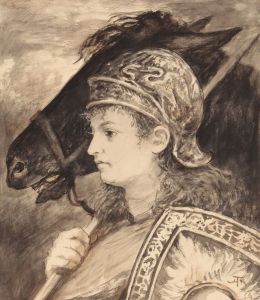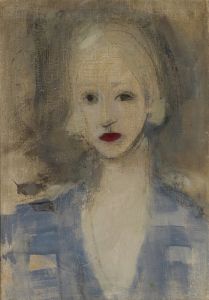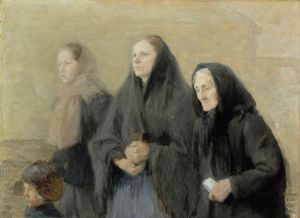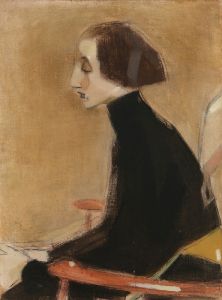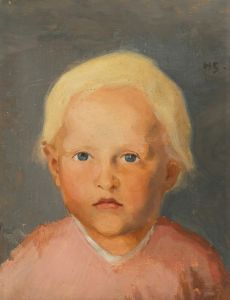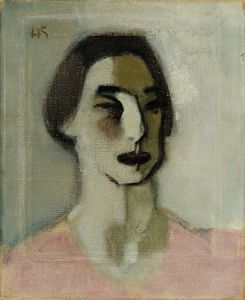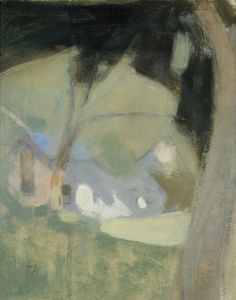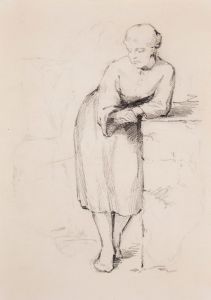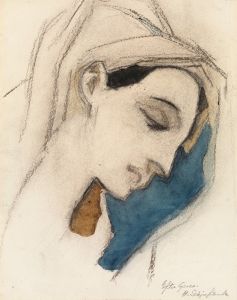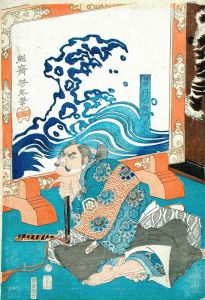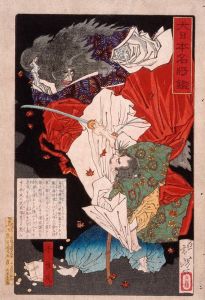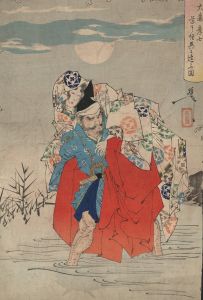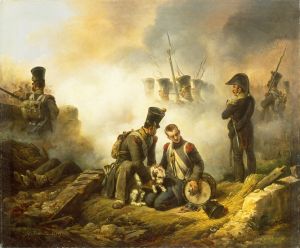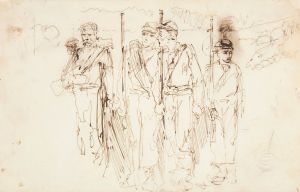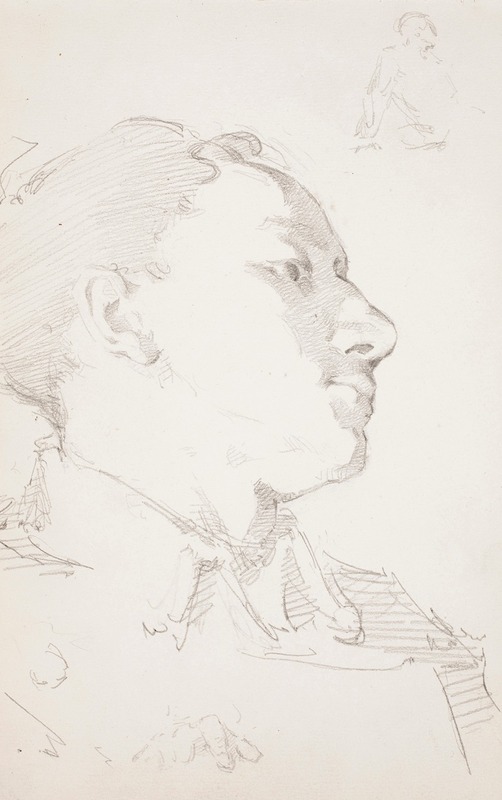
Luonnos maalaukseen Haavoittunut soturi hangella 1880, puolivartalo, kasvot, sormet
A hand-painted replica of Helene Schjerfbeck’s masterpiece Luonnos maalaukseen Haavoittunut soturi hangella 1880, puolivartalo, kasvot, sormet, meticulously crafted by professional artists to capture the true essence of the original. Each piece is created with museum-quality canvas and rare mineral pigments, carefully painted by experienced artists with delicate brushstrokes and rich, layered colors to perfectly recreate the texture of the original artwork. Unlike machine-printed reproductions, this hand-painted version brings the painting to life, infused with the artist’s emotions and skill in every stroke. Whether for personal collection or home decoration, it instantly elevates the artistic atmosphere of any space.
Helene Schjerfbeck's "Luonnos maalaukseen Haavoittunut soturi hangella 1880, puolivartalo, kasvot, sormet" is a notable work by the Finnish artist, reflecting her early exploration of themes and techniques that would later define her career. Schjerfbeck, born in 1862 in Helsinki, Finland, is celebrated for her contributions to modern art and her ability to convey deep emotion and psychological depth through her paintings.
The title of the work translates to "Sketch for the Painting Wounded Warrior in the Snow 1880, Half-length, Face, Fingers," indicating that it is a preparatory study for a larger composition. This sketch is part of Schjerfbeck's early oeuvre, created when she was still developing her artistic voice. During this period, she was influenced by the academic art traditions she encountered during her studies at the Finnish Art Society's Drawing School and later in Paris, where she was exposed to the works of the Old Masters as well as contemporary movements.
The subject matter of a wounded soldier is poignant, reflecting the broader historical context of the late 19th century, a time when Finland was under Russian rule and national identity was a significant theme in Finnish art. The depiction of a soldier in the snow can be seen as a metaphor for the struggles and resilience of the Finnish people. Schjerfbeck's choice to focus on the face and hands in this sketch suggests an interest in capturing the vulnerability and humanity of the subject, elements that are central to her later works.
Schjerfbeck's technique in this sketch demonstrates her skill in rendering form and emotion with economy and precision. Her use of light and shadow, as well as her attention to detail in the facial features and hands, highlights her ability to convey a narrative through subtle visual cues. This focus on the human form and expression is a hallmark of her style, which evolved over the years to become more abstract and expressive.
Throughout her career, Schjerfbeck was known for her innovative approach to portraiture and her ability to capture the inner life of her subjects. Her works often feature a muted color palette and a minimalist approach, drawing the viewer's attention to the emotional core of the painting. This sketch, while more traditional in its execution, hints at the introspective quality that would come to define her later portraits.
Helene Schjerfbeck's legacy as a pioneering figure in Finnish art is well-established, and her works continue to be celebrated for their emotional depth and technical mastery. "Luonnos maalaukseen Haavoittunut soturi hangella 1880, puolivartalo, kasvot, sormet" is an important piece in understanding her artistic development and the themes that permeated her work. It serves as a testament to her ability to blend traditional techniques with a modern sensibility, creating art that resonates with viewers on a profound level.





